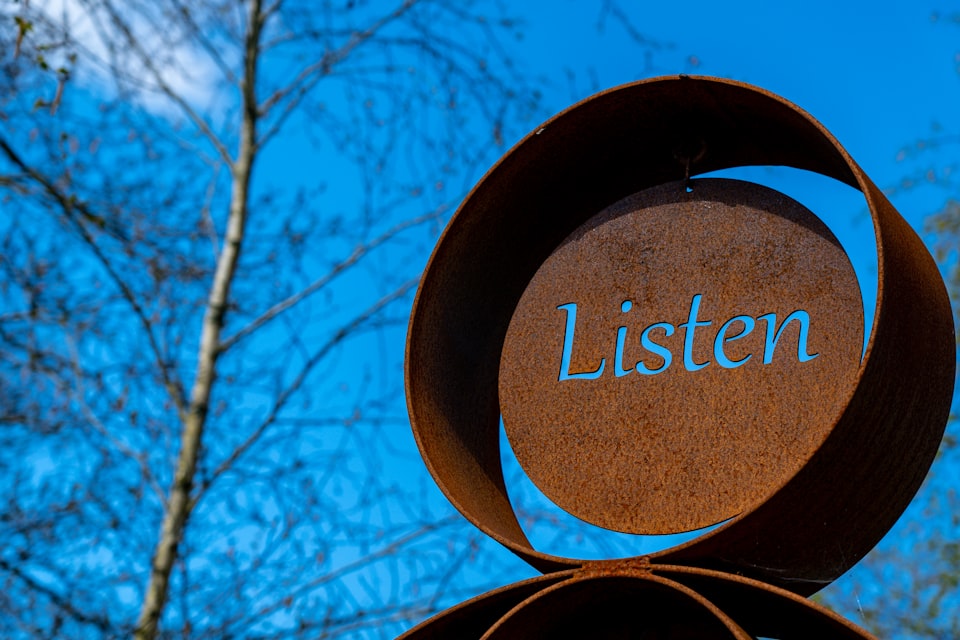How well do you really listen?

The Art of Active Listening: Cultivating Deeper Connections
One of the deepest of all human needs is the need to be understood, cherished, and 'heard'. Yet, in the fast-paced days we live in, too many people believe that listening involves nothing more than waiting for the other person to stop talking.
And to make matters worse, while that person is speaking, we are all too often using that time to formulate our own response, rather than empathising with the point being made.
In his insightful book, "Who Will Cry When I Die?", Robin Sharma sheds light on the importance of active listening as a means to truly connect with others and cultivate relationships built on trust and empathy.

When we take the time to understand another person's perspective, we show them that we value what they have to say and care about them as individuals.
"Taking the time to truly understand another's point of view shows you value what he has to say and care about him as a person." - Robin Sharma
By starting to "get behind the eyeballs" of the person who is speaking, we can begin to see the world from their perspective. This deeper understanding allows us to connect profoundly and build relationships that stand the test of time.
We have two ears and one mouth for a reason: to listen twice as much as we speak. And having the courtesy to be a better listener has another advantage: Since you are not doing all the talking, you are doing all the learning, gaining access to the information you would have missed had you been engaged in the usual monologue.
To enhance our ability to truly listen, here are a few practical tips:
Give space for silence: If you find yourself dominating a conversation and the other person has not spoken in the past 60 seconds, it's a sign that you may have lost their engagement. Take a step back and allow them the opportunity to express their thoughts and feelings.
Resist the urge to interrupt: Interjecting our opinions or jumping in with our perspectives is tempting. However, catching ourselves just before interrupting and redirecting our attention to the content of what the other person is saying demonstrates respect and active listening.
Take notes, if appropriate: In certain settings, such as business conversations, pulling out a notepad and jotting down key points shows genuine interest in learning from the speaker. This gesture reinforces the message that their words hold value and deserve attention. It also slows us down.
Reflect before responding: Rather than immediately offering your opinion after the other person speaks, take a moment to reflect on what you have just heard. Paraphrasing their main points and seeking clarification through statements like, "Just to make sure I understand you, are you saying...?" demonstrates sincerity and a desire to comprehend their viewpoint fully.
By embracing these practices, we can develop our active listening skills and forge deeper connections with the people we encounter in our daily lives. The lost art of active listening, as emphasised by Robin Sharma, opens doors to personal growth, learning, and the development of high-trust relationships.





Member discussion